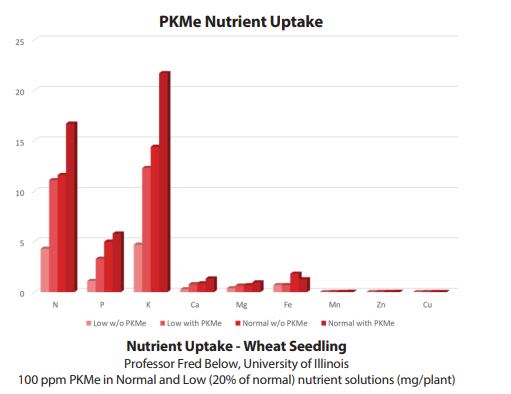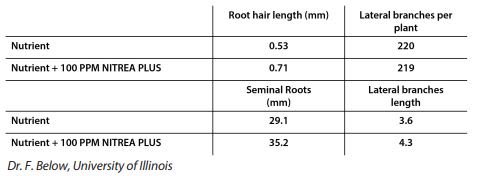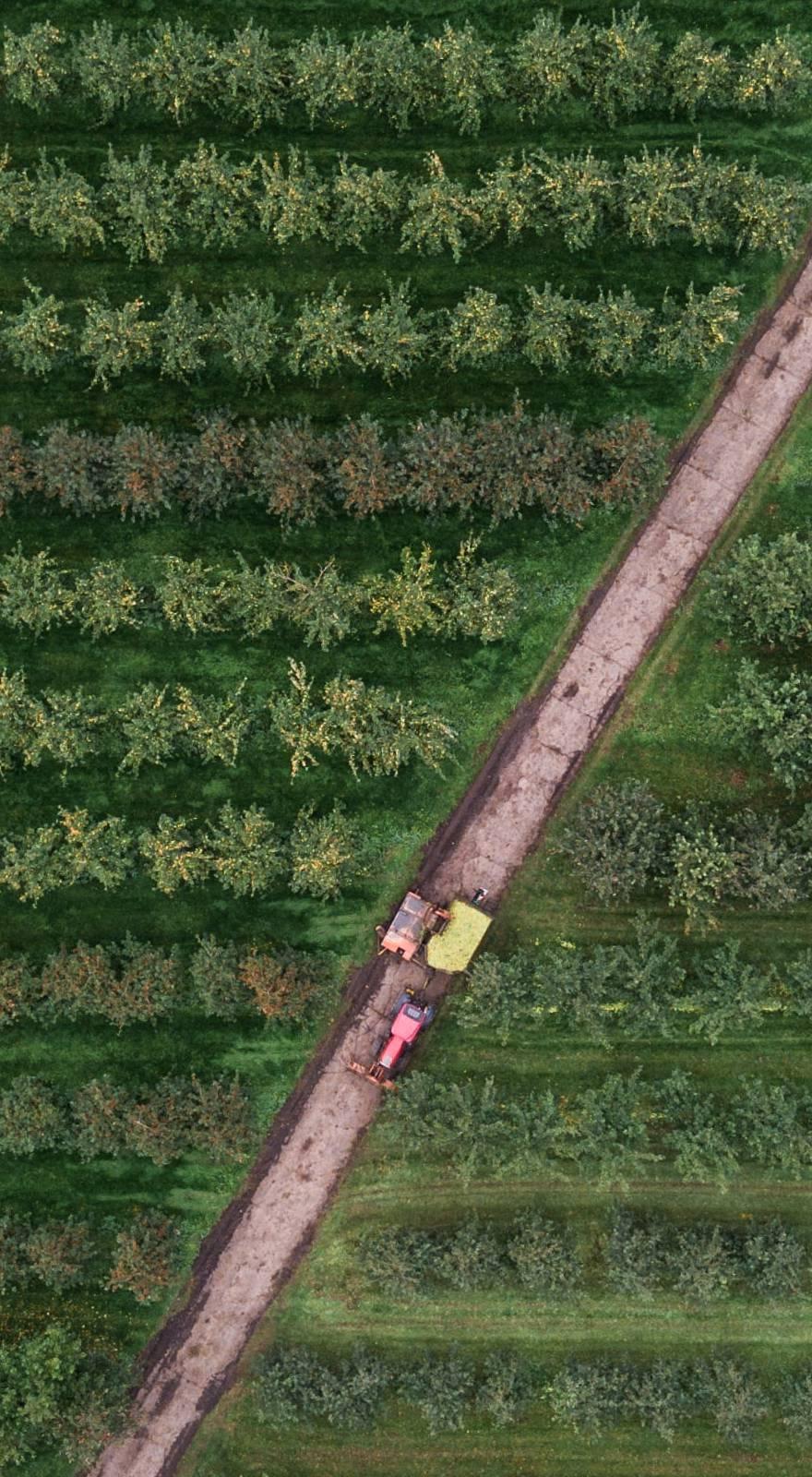Knowde Enhanced TDS
Identification & Functionality
- Agrochemical Functions
- Technologies
Features & Benefits
- Agrochemicals Features
- Features
- Enhances nutrient uptake through the increased availability of nutrients
- Facilitates a rise in root branching by creating longer root hairs, thus elevating nutrient uptake
- Acts as a humectant to attract and retain moisture
- Flexible delivery methods on granular fertilizer or as a liquid sprayed onto the soil and/or foliage of plants
- Product Highlights
The anionic sites on the polymer attract positivelycharged ions (cations) and prevent them from forming insoluble complexes with anionic ions and compounds such as phosphates, nitrates, sulfates, chlorides and bicarbonates.
Due to the increase in water-holding capacity along the polymer, the anionic sites can carry a higher solution of nutrients, which allows them to be held at a higher concentration and be more available to the plant.
Through this process, NITREA PLUS acts as a crystal growth inhibitor that delays the formation of insoluble, unavailable precipitates that form between cations and anions. With the addition of NITREA PLUS, growers in a variety of growing environments can increase the efficiency of their traditional nutrient management programs.
Applications & Uses
- Markets
- Applications
- Application Technique
Technical Details & Test Data
- PKMe effects on root morphology and nutrient uptake
In many crops, the root system of plants treated with NITREA PLUS will have more root branching and longer root hairs, enabling them to make greater use of available nutrients both in the soil and from fertilizer applications, allowing the plants to develop faster and easier. Research from the University of Illinois (below) shows both an increase in rooting and the uptake of nutrients.


- PKMe nutrient uptake rates

- PKMe effects on root morphology and nutrient uptake
Vegetable Crops (including artichokes, beans, brassica vegetables, bulb vegetables, carrots, celery, cole crops, cucumbers, leafy greens, legume vegetables, lettuce, melons, onions, peas, peppers, petiole vegetables, potatoes, root and tuber vegetables, spinach, sweet corn, tomatoes)
Apply 1.0-4.0 liters per hectare when applying fertilizer either
in furrow during time of planting, through drip irrigation,
overhead irrigation or when applying nutrition in a foliar
application.Field Crops (including alfalfa, cotton, corn, dry beans, forage grasses, hemp,
herbs and spices, oil seed, rice, safflower, sorghum, soybeans,
sugar cane, sugar beets, and sunflowers)Apply 1.0-4.0 liters per hectare when applying fertilizer either
in furrow during time of planting, through drip irrigation,
overhead irrigation or when applying nutrition in a foliar
application.Berries, Trees &Vine Crops (including citrus, date palm, nuts, pome fruits, stone fruits,
blackberries, cranberries, grapes, raspberries,
tropical/subtropical fruits)Apply 1.0-4.0 liters per hectare when applying fertilizer either
in furrow during time of planting, through drip irrigation,
overhead irigation or when applying nutrition in a foliar
applicationStrawberries Apply 2.0-8.0 liters per hectare via irrigation during a fertilizer
application (liquid or granular).Multiple applications of 2.0 liters
can be made for a total of 8.0 liters per hectare.Sod Farms Apply 1.0-4.0 liters per hectare when applying fertilizer either
in furrow during time of planting, through drip irrigation,
overhead irigation or when applying nutrition in a foliar
applicationNursery/Greenhouse Crops Apply a constant feed in order to deliver 25-50 ppm of polymer
in a continuous feed irrigation system. If only feeding once a
week, apply 100-200 ppm.Granular Fertilizer Apply up to 2 liters per ton. Fertilizer blend should not contain
more than 409% urea. If blends contain more than 40% urea,
drying amendments may be needed.Liquid Fertilizer Apply 2.0-4.0 liters per hectare.

